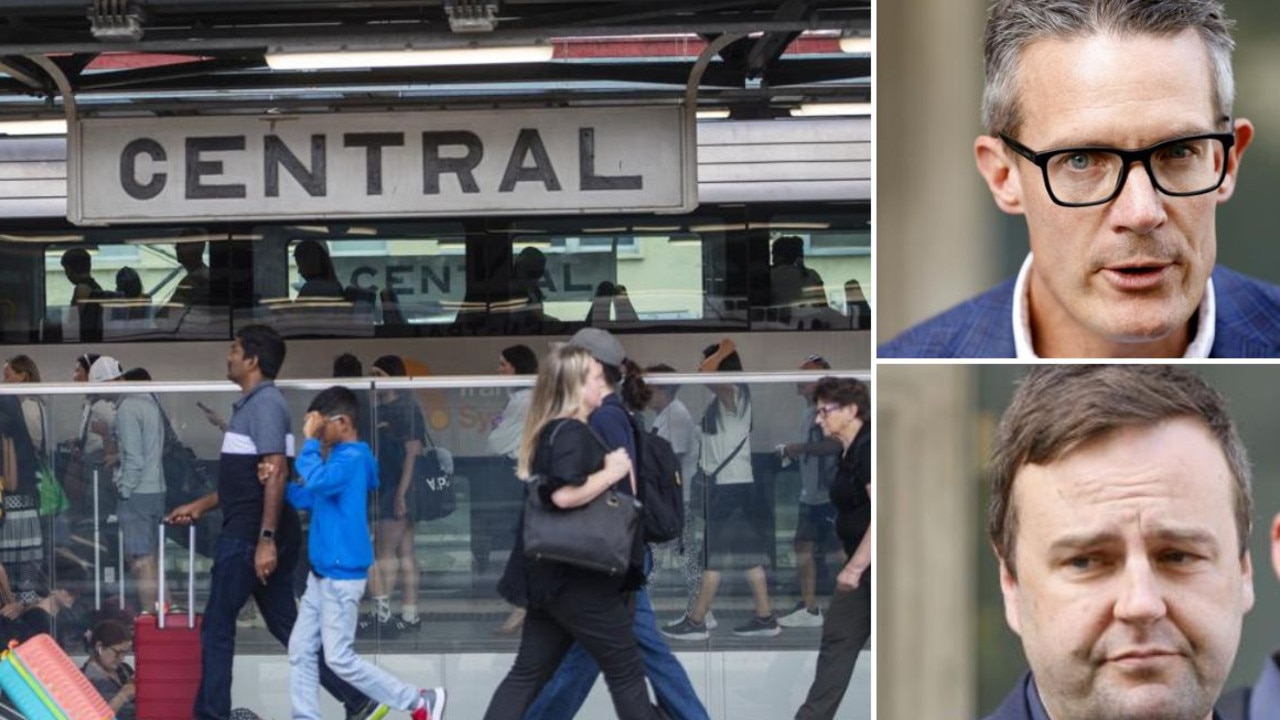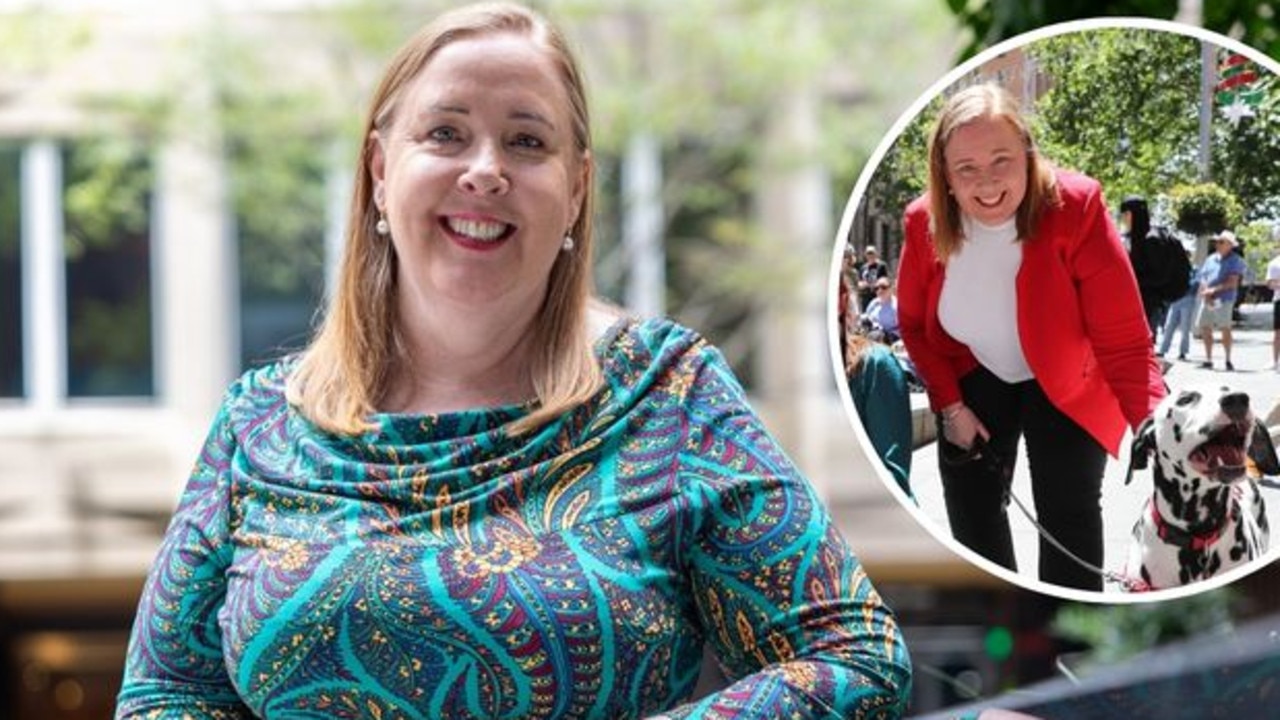Locals defend historic White Bay Power Station after Treasurer’s comments
Inner West residents are seeing red over fears that the White Bay Power Station will become the latest of the area’s historic buildings to be demolished.
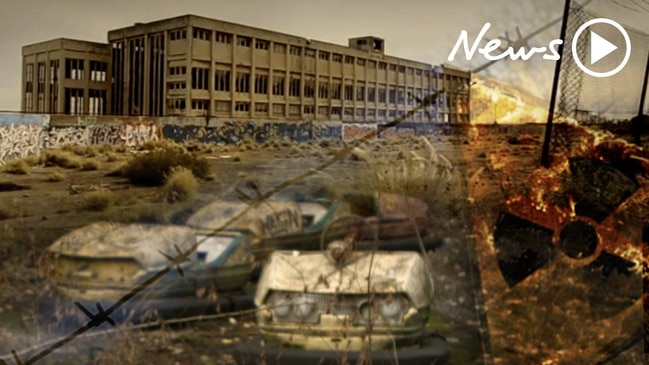
NSW
Don't miss out on the headlines from NSW. Followed categories will be added to My News.
They powered our state’s industrial past and are time machines to NSW history, but heritage experts are warning many long-forgotten buildings are being lost forever as the government quietly demolishes them.
The warning follows NSW Treasurer Dominic Perrottet’s statement to parliament last week that the heritage-listed White Bay Power Station at Rozelle was a “shocking building” that should be razed.
But Planning Minister Rob Stokes came to the site’s defence at the weekend, saying he wanted the towering brick building to become a “centrepiece” of the area’s mooted revival.
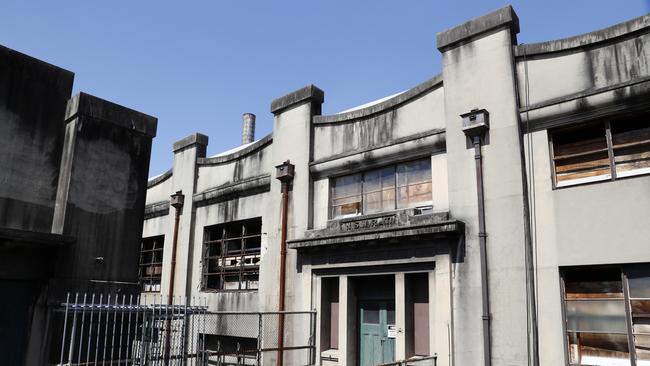
National Trust NSW Director of Conservation David Burdon said while White Bay may ultimately be saved from the wrecking ball, the government had already quietly flattened a number of historic buildings in recent years.
That list includes The Royal Oak Hotel at Parramatta, which was demolished in May to make way for the Parramatta Light Rail.
The watering hole had stood on the site since 1913 but was not considered worthy of heritage status and flattened by Transport for NSW.
It follows the 2017 demolition of the last remaining residential block of 1930s art deco apartments in the CBD to make way for a new metro station.
That was flattened while a neighbouring building — used to store the Macquarie bankers’ bikes — was saved from demolition.
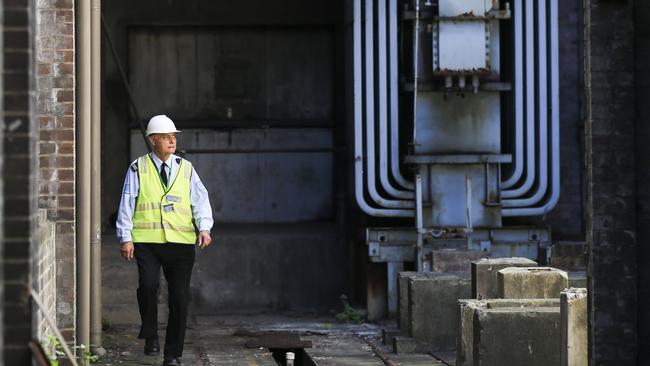
A much needed redevelopment of Tamworth Hospital will also result in a wrecking ball smashing through the 101-year-old Murrurundi Wilson Memorial Hospital building in the near future.
That building was designed by George MacRae, the architect behind designs for the Queen Victoria Building, Sydney Town Hall and the entrance to Taronga Zoo.
The old hospital building will be destroyed to make way for a carpark.
“Nobody is opposed to the new hospital but perhaps it should have retained some of the building sitting next to it … There is not exactly a shortage (of land) out at Murrurundi,” Mr Burdon said.
History Council of NSW president Dr Stephen Gapps agreed historic buildings like the White Bay Power Station needed to be retained and ideally refurbished for adaptive reuse so the next generations of Sydneysiders can appreciate how the inner suburbs used to be the state’s manufacturing hubs.
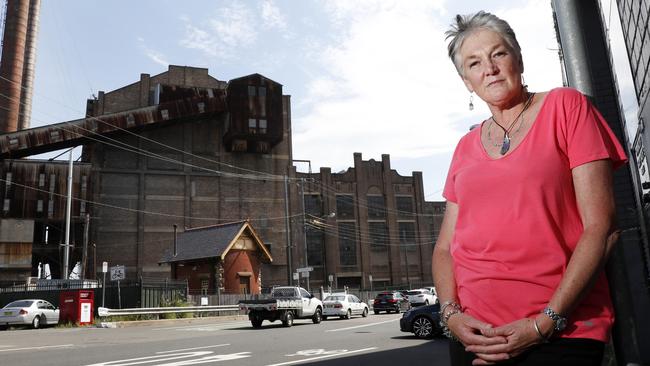
The power plant was built in 1912 and ceased production in 1983. Since then, the government-owned site has been largely unused except as a film set for The Great Gatsby and other productions.
Local resident Jan Sergent said: “It should stay as part of our heritage. It is the last standing power station there is (here). They demolished the Balmain one ages ago to put up high-rise,” she said.
WHITE CITY TENNIS RALLY FOR ITS FUTURE
Eastern suburbs residents are seeing red over the redevelopment of tennis institution White City into what they fear will be a “Sydney Cricket Ground sized concrete jungle”.
The Hakoah Club, which counts billionaire Frank Lowy as its most prominent member, is taking Woollahra Council to court so it can cut down more trees, extend trading hours and hold events with more than 1000 people over a 24-hour period.
The club’s $46 million redevelopment of the Paddington site was approved by the Sydney Eastern Planning Panel September 3.
However, the club is now asking the NSW Land and Environment Court for permission to cut down 11 Jacaranda and palm trees – on top of the 74 due to be chainsawed.
The club says the overall number of trees will increase with replanting of native species.
According to a submission to the LEC by Woollahra councillor Harriet Price, the club is also seeking to extend the hours of use of the soccer field until 10pm, sell alcohol until midnight six nights a week and scrap the need to provide updated acoustic reports to the council after construction is completed.
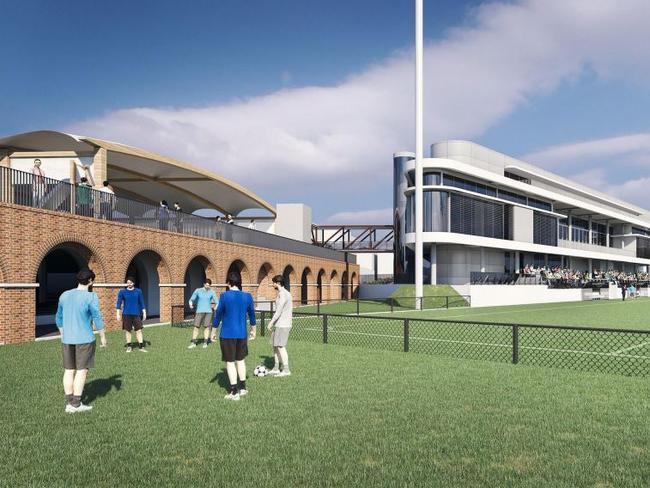
“The proceedings commenced by the club are disappointing to many Paddington residents – especially the challenge to those conditions aimed at protecting the amenity of the community and mitigating the impacts of the development,” Ms Price said.
“The club says it wants to be a good neighbour but their (Hakoah’s) challenges question whether that will be so.”
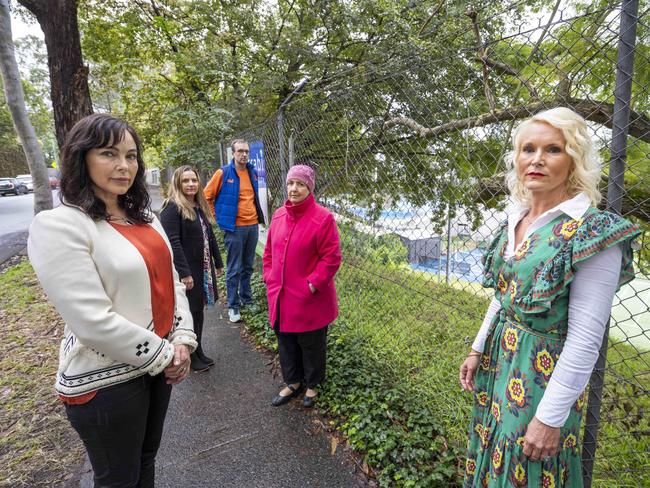
Ms Price said the matter is set down for hearing in April next year.
The site is where Australian legend Rod Laver won one of his many grand slams in 1962.
It has also hosted numerous David Cup tournaments, including Pat Rafter’s 1997 victory against Frenchman Cedric Pioline.
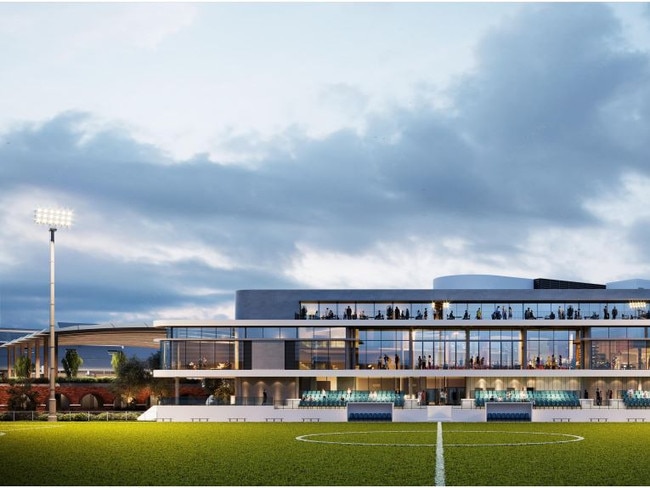
In the past two decades many sections have fallen into disrepair.
The new plans will see a new internal road, football field, nine tennis courts, gym, cafe, a 25m pool and learn to swim facilities.
Paddington resident and mother Belinda Mathieson‘s property backs onto the new development.
She said aside from soon having to look out onto a “ massive concrete jungle”, the new conditions will have a huge impact on the relatively quiet area.
“They are looking to take out trees and replace it with something like the SCG, with 1000 people attending outdoor concerts,” she said.
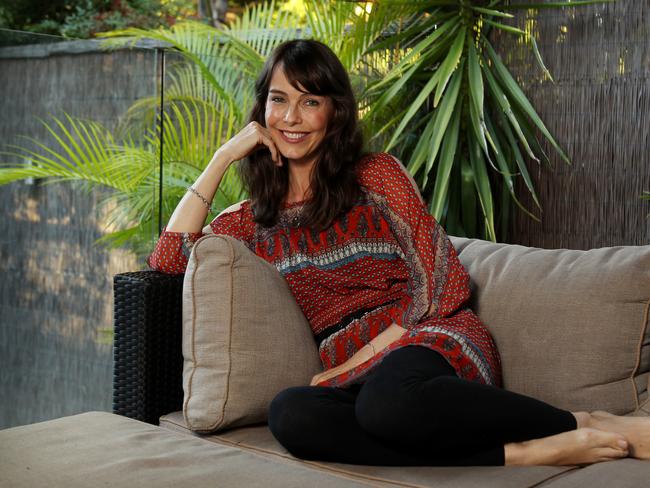
“We are all worried about the acoustics. A lot of people in the area also have young children and are concerned about the traffic and safety impacts.”
The licence conditions about midnight trading requested by the club are largely consistent with other clubs in the area.
A Hakoah Club spokesman said “this is a state of the art sports, fitness and club facility serving the communities of the eastern suburbs and central Sydney”.
“We believe the project uniquely responds to unmet community needs for sports facilities and broad community feedback supporting a club social venue,” he said.


